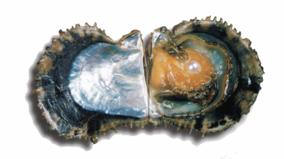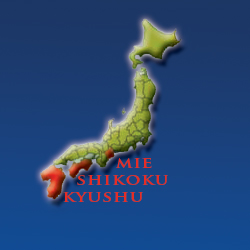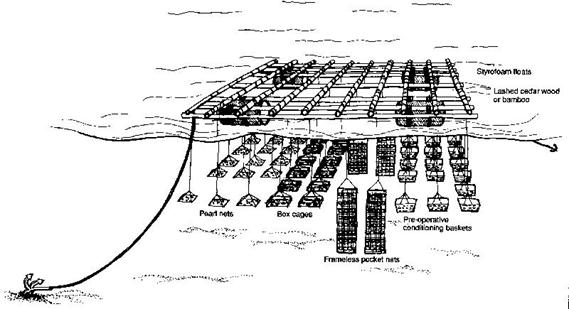Partner in pearls uses Akoya pearls for its basic pearl strands
Grades Crown AAA to A+ are generally from Japan
Grades A and below are generally from China
The Akoya is the original cultured pearl. It is the one that Mikimoto had a hand in developing and the first cultured pearls that were commercially successful. The name Akoya comes from the name of the oyster which is found predominately in Japan and China. Its scientific name is Pinctata fucata. The Akoya oyster is rather small when compared to the oysters used in cultivating SouthSea and Tahitian pearls. It produces pearls that range in size from 2MM to 9MM.

There are three areas in Japan where these oysters are most commonly found and it naturally follows that most of the pearl cultivation is done in these areas. The areas are Mie, Kyushu and Shikoku.

Akoya oysters are now grown in hatcheries to insure a constant supply. The oysters are fed a grown microscopic organism called plankton. A few months into their growth period the oysters are moved from the hatcheries to the cultivating areas where they are monitored and fed until they are strong enough to withstand the nucleating operation. In the operation, a technician inserts a shell bead nucleus together with a piece of mantle from a donor oyster into the mollusk’s gonad area. This piece of mantle forms a sac over the nucleus and the sac secretes nacre over the bead nucleus. This secretion will eventually lead to a cultured pearl.

Oysters that have been operated on are then suspended from rafts in the water for a period of time ranging from eight months to two years.During the time they are in the water they are moved from warmer to colder water.This is very important in the development of Japanese Akoya pearls.More nacre is secreted in warmer water than in colder water.But, the nacre that is secreted in colder water is the nacre that gives the pearls their mirror like luster.
Chinese Akoya pearls that are grown completely in warmer waters might have a thicker nacre coating but do not have the luster of Japanese cultured pearls.

Southern China Hainan Zhejiang where Chinese Akoya are cultured.
The suspended oysters are periodically scraped to remove barnacles and opened to check the growth of the pearls.Some of the oysters die or reject the nucleus.These oysters are removed to allow more nutrition for the survivors.If during these checks the cultivator sees that the pearls are developing well in many of the oysters he will decide to leave a certain percentage of the oysters in the water for another growing season.This is called the “second growth”.It allows the pearls to have a thicker nacre coating and a higher luster than those oysters left in the water for one growing season.

The oysters are harvested in December and January and opened to remove the pearls.The pearls are then placed in a tumbler with salt and water which gently polishes them.The pearls are then brought to auctions which are held in the cultivating areas and the highest bidder above the floor price will be the winner.
The people who buy the pearls at auction are called processors.They take the pearls, polish them some more, bleach them so that they become whiter and sometimes tint them to increase the body color of the pearls.
They are then divided into different sizes and shapes and qualities.Those pearls which have the highest luster and are the roundest and have the fewest surface imperfections are the most valuable.The pearls are then divided into those to be used for necklaces and those to be used in jewelry.The pearls selected for necklace are drilled thru and those to be used in jewelry are drilled half way thru and called half-drilled pearls.
In the early 1950's when cultured pearls were becoming popular the quantity available was much less then today. Most of the necklaces produced then were graduated and ranged in size from 3MM to 71/2MM and were called 31/2 momme grads. This description referred to the weight of the necklace in momme, a weight measurement used by the Japanese. A momme is equal to 18.75 carats. As more pearls were produced uniform necklaces became popular and remain the most popular today. A uniform necklace is one in which there is a half millimeter difference between the center pearl and the end pearl in the necklace, the center pearl being the larger.
